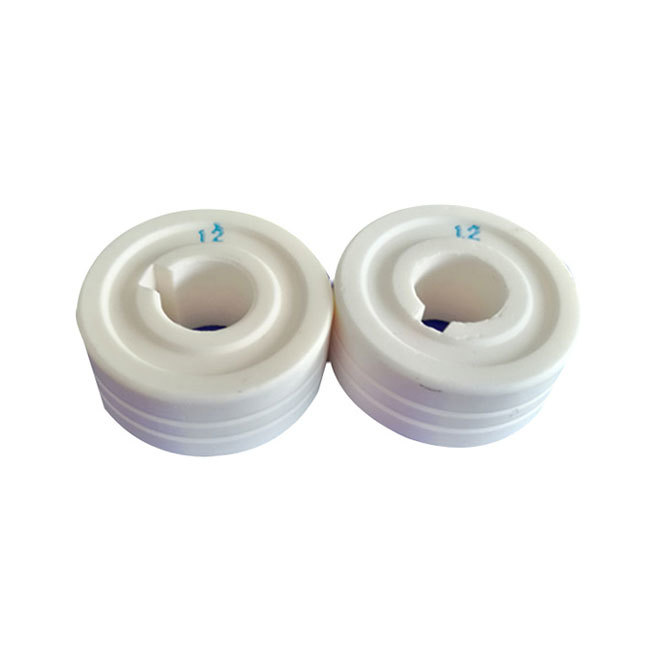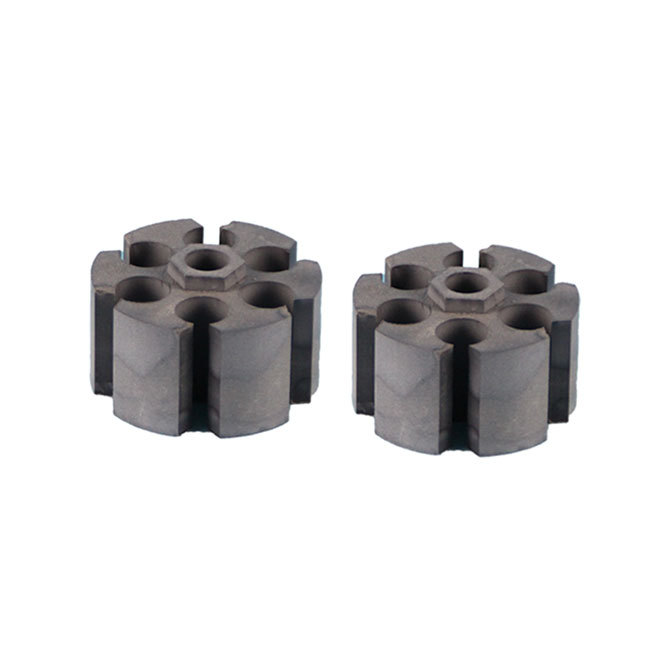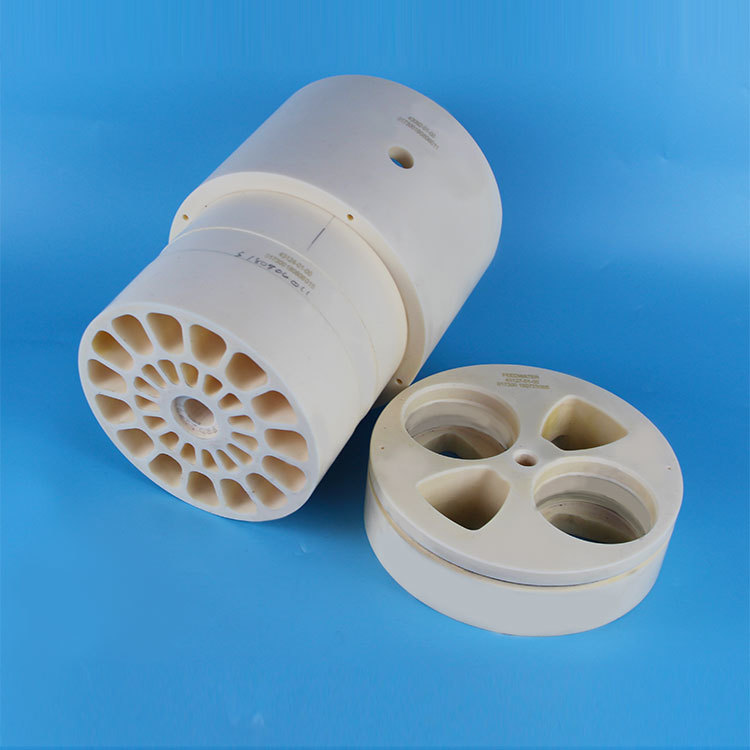









Alumina Ceramic Cylindrical Nozzle
keywords:
Aluminum oxide ceramics, silicon nitride ceramics, zirconia ceramics
Category:
Product Details
Alumina ceramic cylindrical nozzle has good insulation: 1. High mechanical strength, sufficient pressure resistance and flexural strength; 2. High wear resistance; 3. Good thermal stability and chemical properties; 4. High temperature resistance; 5. Good finish.
Performance indicators of alumina ceramics: AL2O3 (%) 95, bulk density (g/cm3) 3.6, flexural strength (Mpa) 304, Mo porcelain hardness 8.5, linear expansion coefficient (×10-6°C) ( 25-800℃) 7.5, thermal conductivity (w/mr) 20, dielectric strength (KV/mm) 10,
Volume resistivity (Ω.cm) 20℃ > 1014 300℃ > 1012, long-term working temperature (℃) 1480, refractoriness (℃) 2000.
Alumina ceramics are widely used. As a precision industrial ceramic, it has a series of advantages in performance. With the continuous development of science and technology, alumina ceramics have been widely used in various fields such as chemical industry, machinery manufacturing, biomedicine, etc., and with the improvement of performance, its application range has gradually expanded. The study of alumina properties is used in production activities in many industries.
Alumina ceramics have many remarkable advantages, such as high hardness, high temperature resistance, wear resistance, oxidation resistance, etc., and are widely used in various industrial fields. However, alumina itself has many cationic charges, small radius, and strong ionic bonds, which lead to its large lattice energy, low diffusion coefficient, and high sintering temperature. Generally, the sintering temperature of pure alumina ceramics is above 1700°C. Such a high sintering temperature is difficult to achieve in industry, and it is not conducive to reducing costs. At the same time, there will be many defects in the structure. The material of alumina ceramics The mechanical properties are unfavorable. In order to promote the densification of alumina ceramics and reduce the sintering temperature, additives are generally introduced into the raw materials to reduce their sintering temperature or improve their sintering properties.
Message








